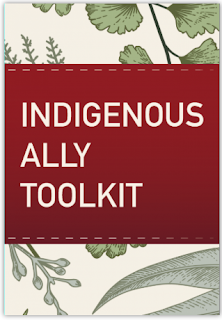- Diversity and Inclusion initiatives at my workplace, including co-leading the development of Employee Resource Groups
- Related: a great resource for employee resource groups that I created during my personal time, called "Employee Resource Groups for the Flourishing of Employees"
- Part of the Reconciliation Committee at my parish
- Reading a lot about Indigenization, Reconciliation, Decolonization, etc. (mostly from Indigenous academics) -- plus reading about Two Spirit peoples (mostly articles by Two Spirit academics). When do I read, you ask? Mostly on the bus to and from work.
Not sure how all this will result in blog content, but I am definitely keeping it in mind.
Rob








